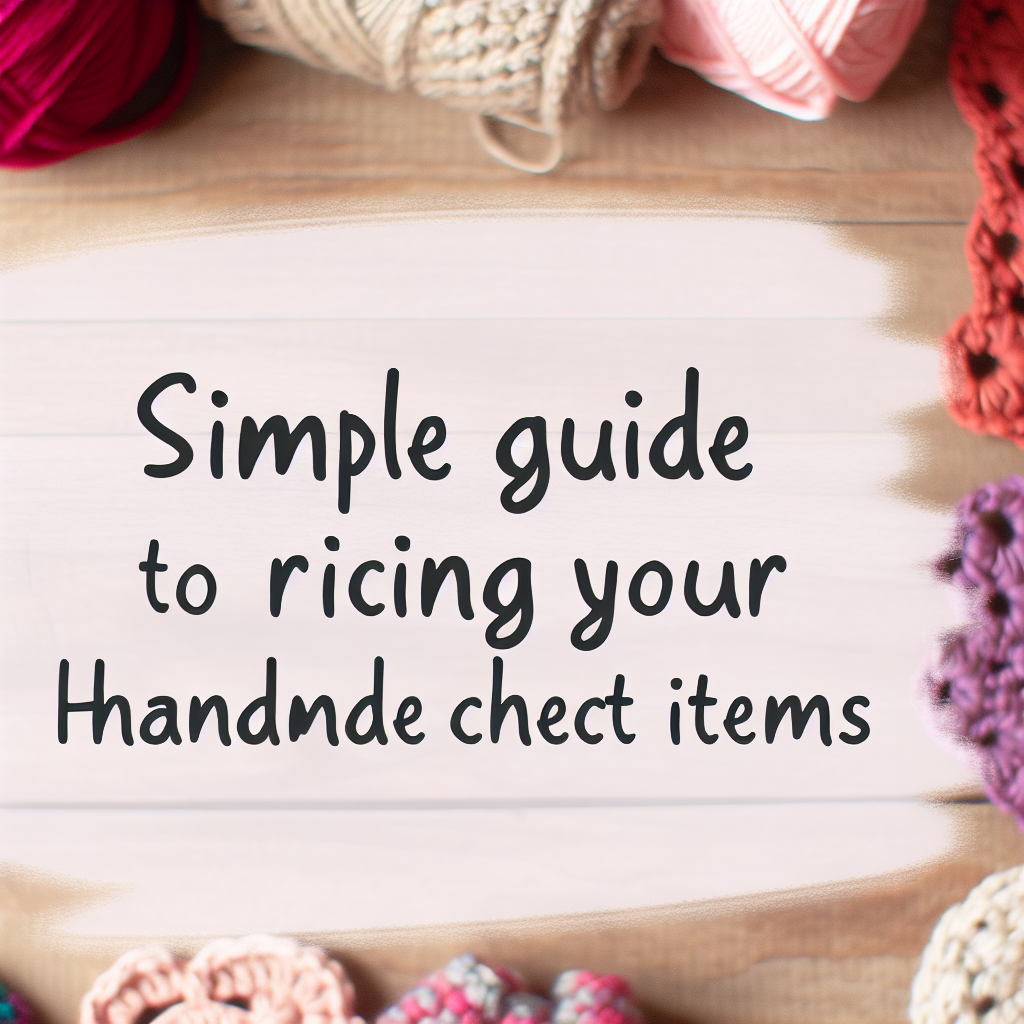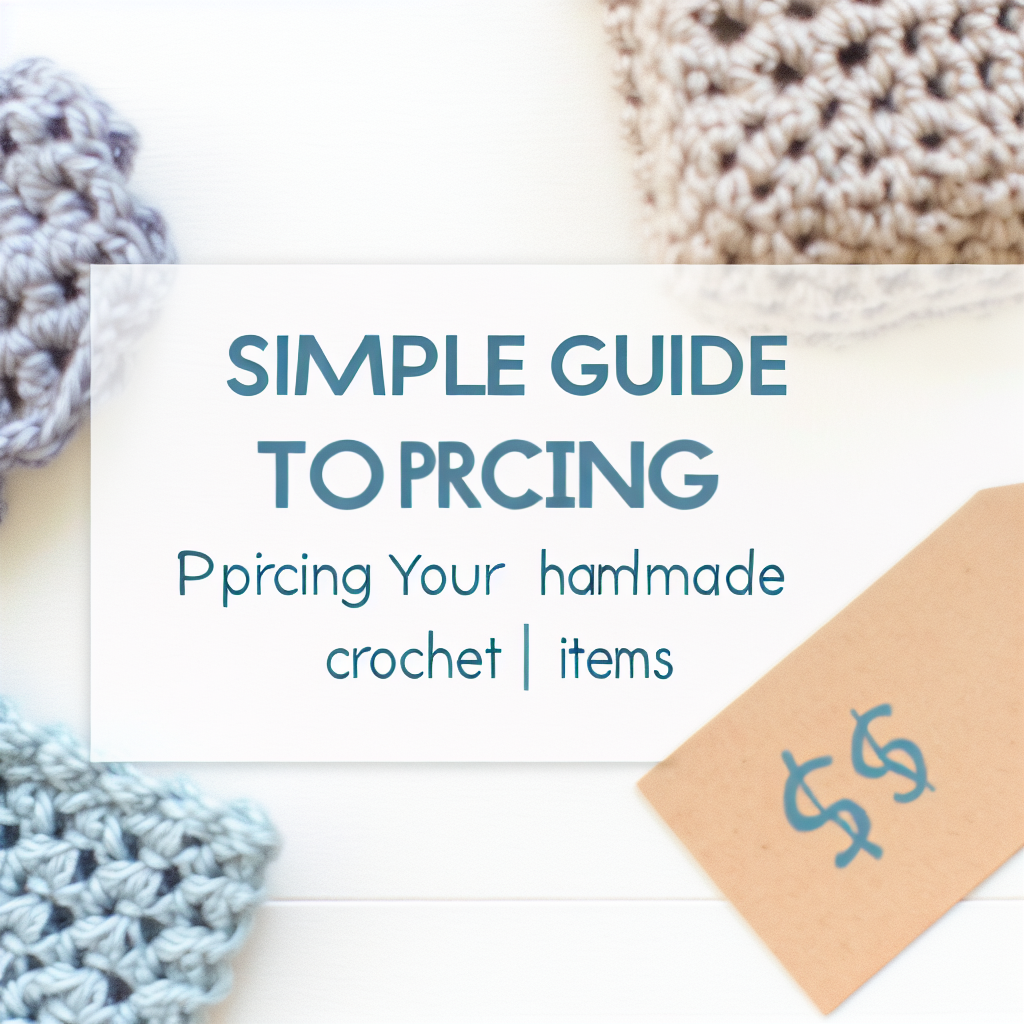Pricing Your Handmade Crochet Items: A Simple Guide
Setting the right price for your handmade crochet items is essential for both your creative success and your financial viability. As a crocheter, you pour your heart and soul into each piece, and it’s important to ensure that your efforts are appropriately compensated. This guide is designed for hobbyists, beginners, and intermediate crocheters looking to refine their pricing strategies, enabling you to sell your crochet creations with confidence and clarity.
Understanding Pricing Strategies
Establishing a successful pricing strategy goes beyond merely considering materials and labor; it requires a holistic understanding of your customers, market trends, and the unique value of your creations. When pricing your handmade crochet items, you’ll want to take several factors into account:
- Target Market: Research your audience to understand what they are willing to pay. Customers may value handmade quality differently, so consider their preferences, buying habits, and price sensitivity.
- Competitor Analysis: Take a look at prices set by other crocheters or similar crafters in your niche. Understanding the market can help you gauge where your pricing should fall.
- Brand Identity: The way you present your crochet business also impacts pricing. A polished brand with professional images and compelling descriptions can justify higher prices compared to more casual offerings.
By integrating these elements into your pricing approach, you can develop a strategy that reflects the true worth of your handmade items while appealing to your target market. Your creations are not just products; they are individual pieces of art that deserve to be valued accordingly.
Calculating Your Costs and Setting Prices
Now that you have a broader understanding of the strategies behind pricing, let’s delve into the practical steps for calculating your costs and establishing a selling price effectively. The process involves several key components:
- Material Costs: Start with calculating how much you spend on yarn and other materials. For instance, if you use a skein costing $5 for a project that requires only a portion, calculate the amount based on usage.
- Labor Costs: Estimate the time taken to complete each piece and apply an hourly wage that reflects your skill level and market value. This ensures that your time is compensated fairly.
- Overhead Costs: Include any additional expenses related to running your crochet business, such as shipping, marketing, and website maintenance. These costs should be factored into your selling price to ensure profitability.
- Markup: To determine a suitable markup percentage, consider a range between 2.0 to 2.5 times your total cost. This strategy helps maintain profitability while remaining competitive in the market.
Bringing these elements together will allow you to set a price that is not just reasonable but also sustainable. Remember that pricing is an ongoing process, and you may need to adjust as you gain more experience and insight into your market.
Ultimately, mastering the art of pricing your handmade crochet items can empower you to create a successful venture. By understanding your costs, analyzing your market, and confidently setting your prices, you will not only validate the hard work that goes into each piece but also nurture your passion for crocheting.
Pricing your handmade crochet items is a blend of art and science that demands careful attention. By calculating material and labor costs, analyzing market trends, and understanding your unique value proposition, you can confidently set prices that reflect your skills and creativity. Embrace this process, continuously reassess your strategy, and watch your crochet hobby thrive into a fulfilling endeavor.

